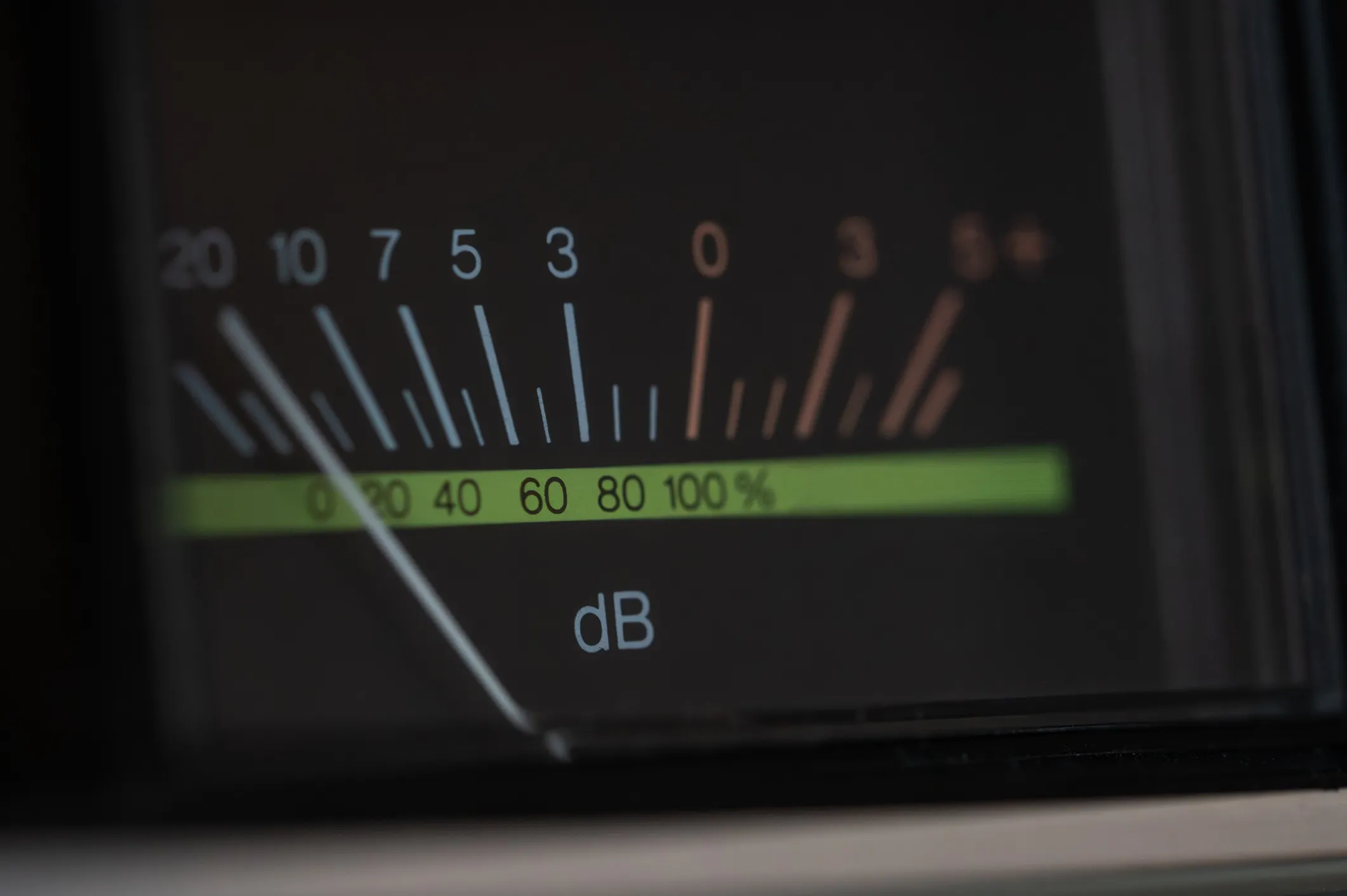ASA/ANSI S12.12-1992 (2024): Sound Power Levels

Using sound intensity measurements to determine the sound power of noise sources provides a more complete picture of a sound source. Not only indicating the overall noise level, sound intensity measurements also reveal the direction of sound energy flow, which is valuable for pinpointing the location of noise sources and enabling targeted noise reduction strategies in complex environments—particularly when background noise is present. ASA/ANSI S12.12-1992 (2024): Engineering Method for the Determination of Sound Power Levels of Noise Sources Using Sound Intensity contains procedures for determining the sound power of noise sources from sound intensity measurements.
What Is ASA/ANSI S12.12?
ASA/ANSI S12.12-1992 (2024) describes a method for in situ determination of the sound power level of noise sources in indoor or outdoor environments using sound intensity measurements. When using this standard, the sound power of noise sources can be directly determined even when intrusive background noise is present in the environment. The approaches in this standard are also useful for the relative ranking of machinery noise sources by sound power.
The American National Standard contains information on instrumentation, installation, and operation of the source. ASA/ANSI S12.12-1992 (2024) also covers procedures for the selection of a measurement surface, methods of the sampling of sound intensity on the measurement surface, procedures for the calculation of sound power level, and techniques that can be used to qualify the measurement environment.
Test Environment Requirements for Sound Intensity Measurement
ASA/ANSI S12.12-1992 (2024) specifies that the physical site of the test environment should be one in which the air is not in such rapid motion as to invalidate sound intensity measurements. When feasible, the standard maintains that the subject source should be located well away from sources of ambient noise. Further, when selecting a physical site, ASA/ANSI S12.12-1992 (2024) notes that it is typically best to avoid highly reverberant environments. The standard details that the physical site should not be altered (for example, objects added, removed, or repositions) during the course of testing. Essentially, the site should be conducive to accurately measuring sound intensity.
Advantages of Using Sound Intensity Measurement
Unlike simple sound pressure measurements, which only provide the magnitude of sound at a single point, sound intensity measurements can be used effectively to isolate the sound from a specific source even when background noise is present. Sound intensity measurement offers numerous advantages over simple sound pressure level measurements, including the ability to pinpoint the location of sound sources, distinguish between direct and reverberant sound, identify individual noise contributors within a complex system, and visualize the flow of sound energy in a space.
Furthermore, ASA/ANSI S12.12-1992 (2024) specifies that a major advantage of using sound intensity measurements to determine sound power is the ability to measure the sound radiated by equipment in situ (i.e., in its usual operating environment) without having to isolate the equipment in a special environment such as anechoic chamber or a reverberation room. Sound intensity measurement makes it particularly useful for noise source identification and mitigation strategies in various applications like industrial machinery and building acoustics. By mapping the sound intensity around a machine or system, engineers can identify the dominant noise sources and prioritize noise reduction efforts.
ASA/ANSI S12.12-1992 (2024): Engineering Method for the Determination of Sound Power Levels of Noise Sources Using Sound Intensity is available on the ANSI Webstore.






